
Essential Guide to Dog Neuter & Spay Recovery: Tips for Smooth Neutering Recovery
Neutering or spaying your dog can have many benefits, including reducing certain health risks and behavioral issues. However, the process of recovery after a neuter or spay surgery can be a daunting and challenging time for both the pet and the owner.
A smooth and comfortable recovery is essential to reduce any pain and discomfort and speed up the healing process. In this article, we will provide you with everything you need to know to help you navigate your dog’s recovery process after neutering or spaying.
- Neuter/spay can reduce health risks and behavior issues in dogs.
- Pain management and complication prevention are vital post-surgery.
- Surgery site care is crucial for a smooth recovery process.
- Diet and restricted activity are important during recovery.
- Watch for post-surgery changes and seek vet care if needed.
The information provided herein is for informational purposes only. Please refer to our disclaimer for more details..
- Understanding Dog Neuter and Spay Surgery
- The Day of Surgery
- The First 24 Hours After Surgery
- Post-Surgical care after Spay and Neuter Surgery
- Feeding and Activity Guidelines During Recovery Period
- What Behavioral Changes should You Expect After Neutering?
- Normal Post surgical issues during recovery not requiring a Veterinarian’s Attention
- Potential Complications of Neutering or Spaying: When to Seek Veterinary Care
- Conclusion: Dog Neuter Recovery
Understanding Dog Neuter and Spay Surgery
Neuter surgery and spay surgery are common procedures that involve the removal of reproductive organs from pets. Neuter surgery is performed on male dogs, while spay surgery is performed on female dogs.
These procedures not only help prevent unwanted birth but also provide significant health benefits for pets, for instance, a reduced risk of mammary cancer, no risk of pyometra in females and testicular and prostate cancer in males.
The surgery can be safely done in a puppy of 6 months of age, a female can be spayed between 6 to 9 months, and preferably before the first heat.
During these surgeries, a veterinary surgeon will administer anesthesia to the pet before making an incision in the abdomen. The veterinarian will then remove the reproductive organs and close the incision with sutures or staples. While neuter and spay surgeries are considered routine, it is still a major surgical procedure that requires proper postoperative care to avoid complications.
When it comes to ensuring that the surgeries are successful, pet owners have a critical role to play before and after surgeries. Before surgery, pet owners must properly prepare their pets by discussing the procedure with a veterinarian, ensuring their dog is in good health and following any pre-surgery instructions.
After surgery, pet owners must support their pets through the recovery process by managing pain, preventing complications, monitoring their behavior, and following the veterinarian’s recommendations.
The Day of Surgery
The day of surgery is a significant one for your furry friend, and it’s essential to prepare them adequately for the procedure. Ensure you follow your veterinarian’s pre-surgery instructions to avoid any complications.
Make sure you have taken any preoperative precautions your veterinarian has recommended, such as fasting your dog beforehand, and provide your dog with comfort and reassurance. It is common for pets to be anxious during the surgery, so holding their paw or petting them could offer little comfort.
Note that after the operation, your dog will probably experience mild nausea and grogginess for several hours. Therefore, it is advisable to avoid feeding your pooch until the veterinarian recommends it.
The First 24 Hours After Surgery
After your dog’s neuter or spay surgery, it is important to provide a comfortable and safe environment for their recovery. The first 24 hours are crucial for monitoring your dog’s behavior and managing pain and discomfort. Here are some tips for a smooth recovery:
Monitor Your Dog’s Behavior
Observe your dog closely for any signs of discomfort or unusual behavior, such as excessive licking or scratching of the surgery site. It is normal for your dog to be drowsy and uncoordinated after the surgery, but if you notice any signs of distress, contact your veterinarian immediately.
Manage Pain and Discomfort
Your veterinarian may prescribe pain medications to help your dog feel more comfortable during the recovery period. Follow their instructions carefully and give your dog any medications as directed.
Keep your pet in a calm and quiet place to help your dog recover by providing uninterrupted rest.
You can also place a warm compress on the surgery site to help reduce swelling and discomfort and provide toys to calm the dog.
Prevent Complications at the Surgery Site
It is important to prevent your dog from licking, biting, or scratching the surgery site, as this can cause infection or delay the healing process. Your veterinarian may provide an Elizabethan collar to prevent your dog from accessing the surgery site.
Restrict the movement, you can use a crate, with a comfortable bedding for the initial period. Additionally, keep the area clean and dry, and avoid allowing your dog to lick the wound by applying a cone.
By following these tips, you can help ensure a smooth and comfortable recovery for your dog during the first 24 hours after neuter or spay surgery.
Post-Surgical care after Spay and Neuter Surgery
During the recovery period, it’s essential to take proper care of your dog to ensure a smooth and comfortable healing process. Here are some practical tips for managing your neutered dog recovery:
Caring for the Incision Site for Smooth Recovery
Keeping the incision site clean and dry is crucial for preventing infections and promoting healing. Follow your veterinarian’s instructions on how to clean the area properly, and monitor the incision site for any swelling, redness, or discharge.
Preventing Your Neutered Dog from Licking or Scratching the Area
It’s natural for dogs to lick or scratch at the incision site, but this can lead to infections or reopened wounds. Consider using an e-collar or other physical barriers to prevent your dog from accessing the area. If you notice your dog is continuously trying to lick or scratch, talk to your veterinarian about alternative solutions.
Supporting Overall Healing Process
Support your dog’s overall healing process by providing a calm and comfortable environment for rest and recovery. Avoid any activities that may cause your dog to strain or put pressure on the surgical site, and ensure they get plenty of rest and sleep.
Remember, every dog’s recovery period can vary, but generally, it takes about ten to fourteen days for dogs to heal from neuter or spay surgery. By following these tips and remaining patient and attentive to your dog’s needs, you can help ensure a smooth and comfortable neutered dog recovery.
Feeding and Activity Guidelines During Recovery Period
During the recovery period, it is important to feed your dog a balanced diet that promotes healing. Avoid overfeeding or suddenly changing your dog’s diet.
It is advisable to keep fresh water for drinking close to your pet, do not offer food right after your dog recovers from anesthesia because the dog stays nauseous for a few hours after surgery.
Offer a small amount of food after the dog completely recovers from the effect of anesthesia.
Your dog’s activity should be restricted during the recovery period of first two weeks to prevent any strenuous exercise that could damage the incision site or slow down the healing process, stop walking your dog for at least a week. Avoid activities like jumping and running as it may put pressure on the abdomen.
Although your dog may be still, it is essential to provide them with opportunities to move around, stretch and receive mental stimulation.
What Behavioral Changes should You Expect After Neutering?
After spaying or neutering, dog owners are expected to note some of the long term behavioral changes as follows:
- Male dogs are less aggressive and females are less irritable than before, frequent mood swings that were previously encountered in both genders are no longer an issue after surgery.
- Males are less likely to hump, however, they can still impregnate a female in heat till one month after neutering, though new sperm cells are not made, the body still has a store of previous cells.
- The activity level decreases in both males and females, whereas the appetite is increased.
- Males are less likely to mark the house by spraying urine.
- Females are less likely to bark and have erratic behavior.
How Long Will It Take for the Dog to Recover After Spaying or Neutering?
The normal recovery time varies depending on the age and overall health status of your pet, healing is delayed in older, diabetic animals. On the other hand, young healthy dogs recover fairly quickly compared to old dogs. However, in general, complete recovery takes place within 10 to 14 days post surgery.
Normal Post surgical issues during recovery not requiring a Veterinarian’s Attention
You may notice some of the changes regarding behavior like nausea, crying, restlessness that may last for a day, these issues are normal and are side effects of anesthesia and resolve in no time. Other issues that resolve on their own includes the following:
- Slight swelling of soft consistency, sometimes fluctuating called a seroma, may develop due to dog’s movement or a reaction to suture material. Keep an eye on it if it does not increase in size, it will likely resolve itself.
- Slight redness around the incision, totally normal after surgery, if it increases and gets inflamed then it warrants veterinary intervention.
- Mild oozing of blood: It is the inflammatory exudate, and is the normal part of the healing process, nothing to worry. However, if you see any yellow discharge, be mindful it could be pus indicating an infection.
What are the factors that may delay neuter or spay recovery?
Pet owners should consider the above mentioned factors as they may delay the healing time of the incision:
- Cleanliness and Hygiene of the wound: The incision line should be kept clean at all times, do not let your dog play in the dirt, keep your dog in a tidy and calm place.
- Keep the Wound Dry: The incision should be kept dry, remember not to bathe the dog during the recovery period of 2 weeks.
- Nutrition: Provide a balanced nutrition, preferably a diet rich in protein to aid in recovery.
- Prevent Infection: An infected wound takes time to heal, apply the antiseptic, and topical ointments and follow the postoperative medication guideline of your Veterinarian.
Potential Complications of Neutering or Spaying: When to Seek Veterinary Care
Although rare, complications can occur during your dog’s recovery process after neuter or spay surgery. Signs of internal bleeding, such as lethargy, vomiting, pale gums, and rapid breathing, require immediate veterinary attention. Other issues to watch for include discharge or bleeding from the incision site, increase in swelling, persistent redness, or signs of infection.
If your dog is recovering from surgery and exhibits any unusual symptoms, it is essential to seek veterinary care promptly.
Conclusion: Dog Neuter Recovery
Congratulations on making it through this essential guide to dog neuter and spay recovery! By following the expert tips provided in this article, you can help ensure a smooth recovery process for your furry friend. Remember to discuss the procedure with your veterinarian, prepare your dog for surgery, and closely monitor their behavior during the recovery period.
By managing your dog’s pain and discomfort, preventing complications, and gradually reintroducing physical activity and feeding, you can support their healing process and set them up for long-term health benefits. Don’t hesitate to seek veterinary care if any concerns arise, and remember to trust your instincts as a pet owner.
249views
Share on Facebook
 Dark Mode
Dark Mode 

 No fees, cancel anytime
No fees, cancel anytime 


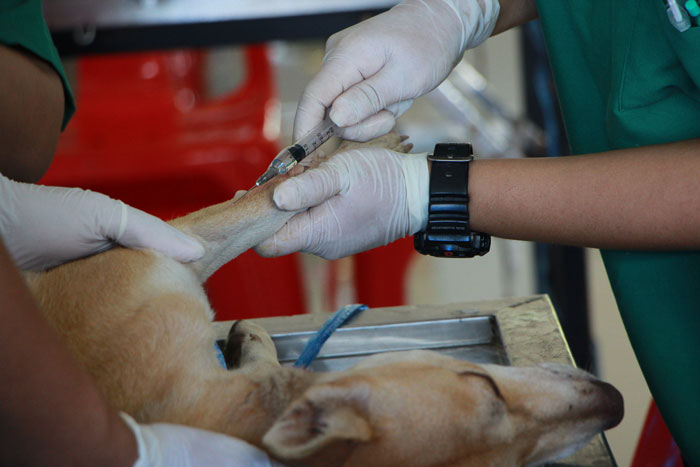 Image credits:
Image credits: 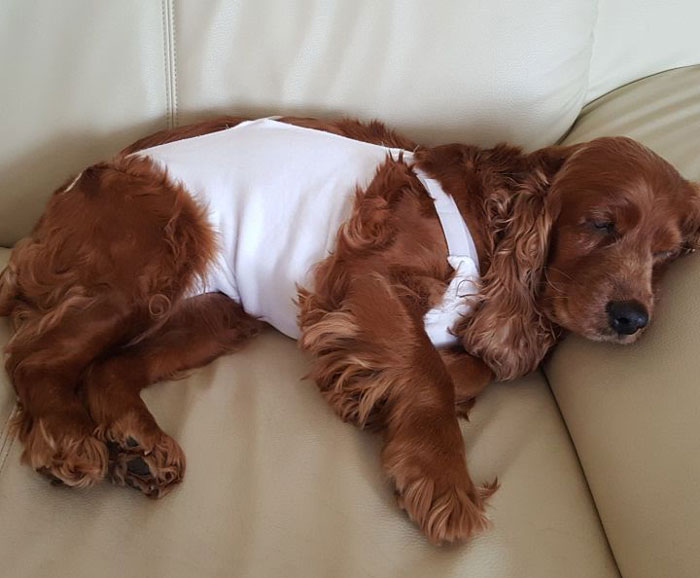 Image credits:
Image credits: 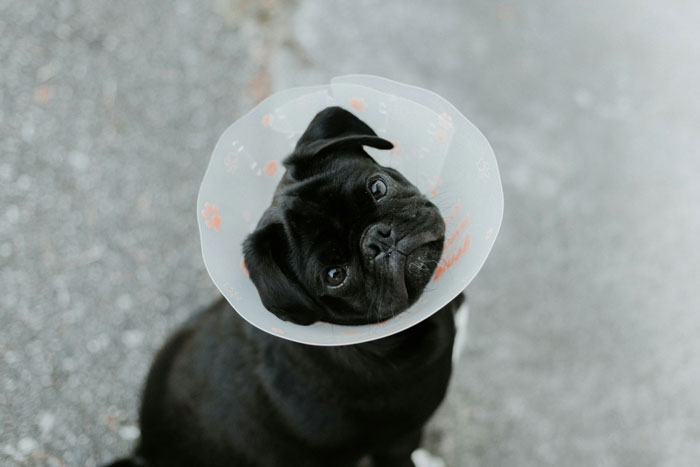 Image credits:
Image credits: 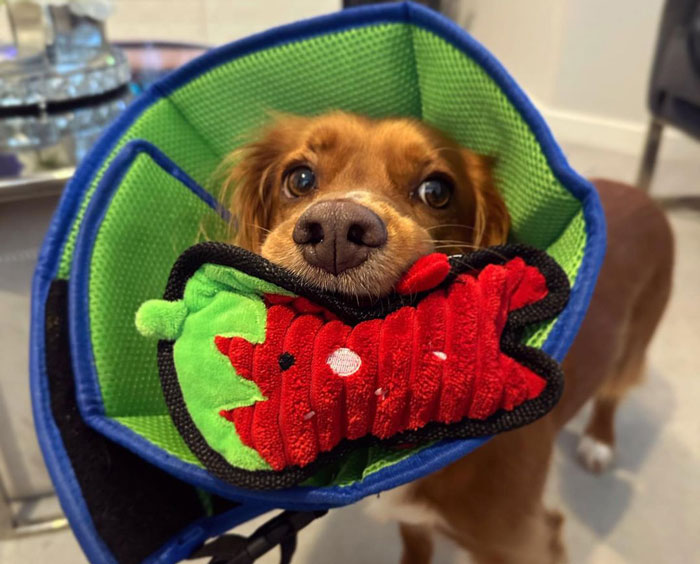 Image credits:
Image credits: 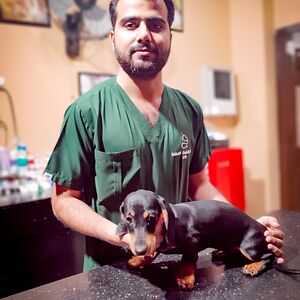









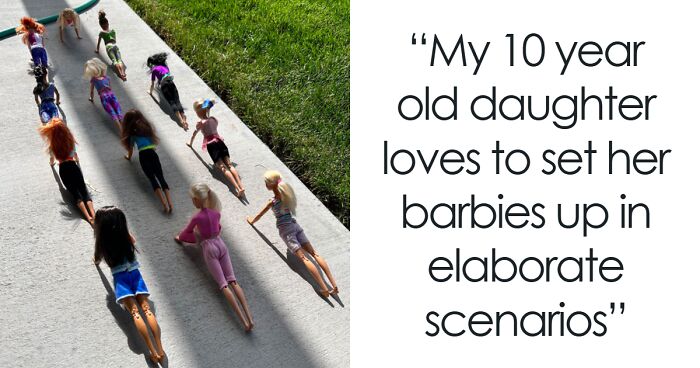


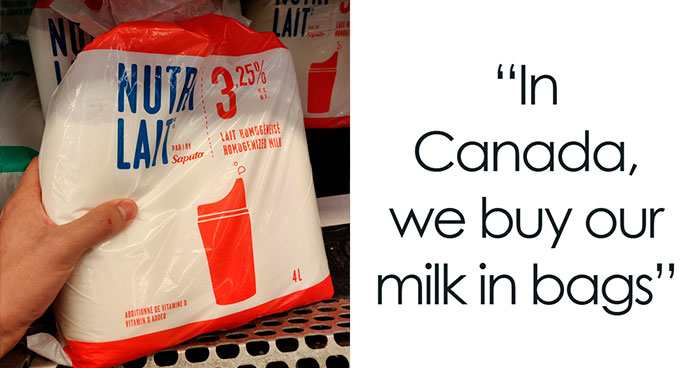





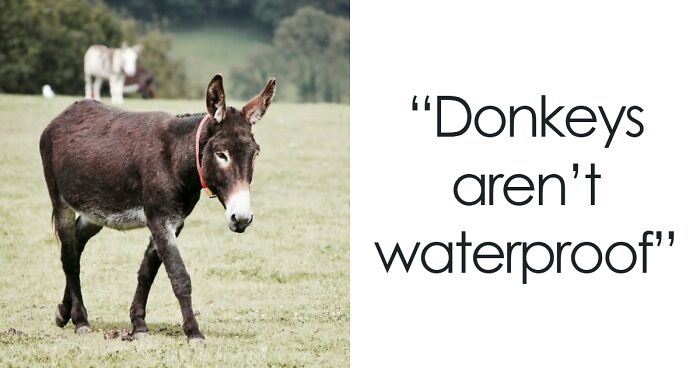

![“AITA For Losing [It] And Screaming At GF To Get Out Of My House After What Her Stepbrother Did?”](https://www.boredpanda.com/blog/wp-content/uploads/2025/01/man-screams-gf-over-creepy-stepbrother-fb18-png__700.jpg)

-4
0